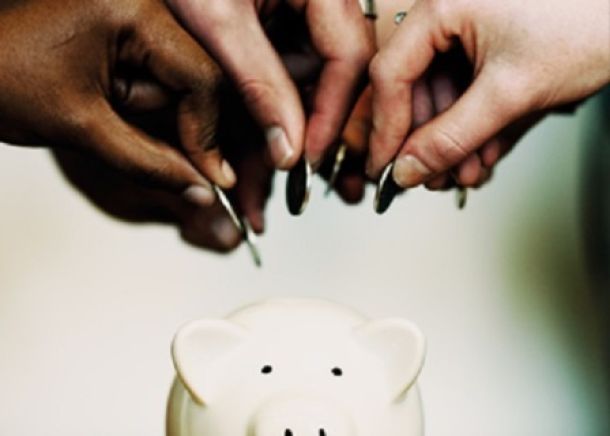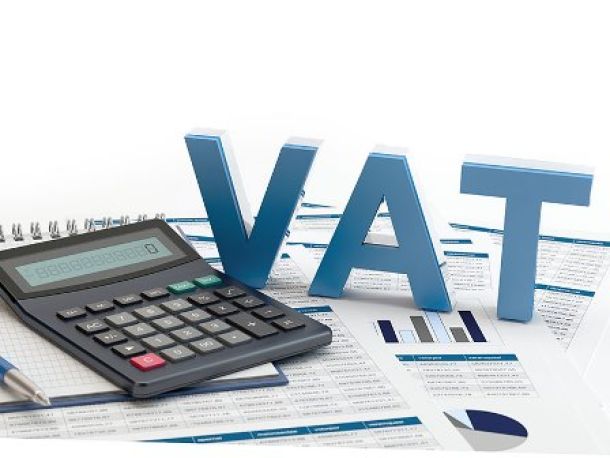Poor start to the year as retail sales fall
Retail sales contracted 2.3% in January, suggesting the sector might struggle to pull itself out of its depressed state. It was the biggest monthly contraction since the 2009 recession.
According to analysts, the immediate future does not look good either.
Consumers are choking on debt and the budget’s constraining effects on income will start to kick in.
“This is not a good start at all. We’re seeing such mild economic growth. We’re at a trough,” Meganomics economist Colen Garrow said.
“Low confidence on the business and consumer side, high inflation and tough economic and financial conditions drove retail sales down, coupled with January seasonally being a difficult month.
“People don’t feel confident spending their money. This is the biggest sector for GDP so it’s going to be subtracted,” he said.
Retail sales rose 1% in December 2017.
“While the contraction is partly due to base effects, high inflation, weak household credit extension and the lag effect from the interest rate hike last year also explain the weakening trend in retail sales,” First National Bank economist Mamello Matikinca said.
The retail sector is an important indicator of consumer spending, which drives growth in the economy.
Standard Bank economist Thanda Sithole said “2016 was the bottom of the economic cycle but the consumption side will continue to weaken. GDP will mainly be boosted by net exports, which should make it better than 2016.”
Sithole also expected negative annual growth in retail sales to persist in 2017 because of tighter credit conditions.
Investec economist Kamilla Kaplan said: “Consumers’ ability and willingness to spend has been constrained.”
Business confidence has not picked up. The RMB/BER Business Confidence Index increased a marginal two points to 40 in the first quarter of 2017. While confidence among retailers increased by 11 points to 45, respondents remained unsatisfied with business conditions.
RMB said: “Growth in total retail sales volumes is showing few signs of life and in some instances it’s even contracting, with the rate of increase in selling prices slowing quickly on a broad basis.
“After a brief period of some relief, pressure on margins has consequently returned.”
News Category
- International retailers
- On the move
- Awards and achievements
- Legislation
- Wine and liquor
- Africa
- Going green
- Supplier news
- Research tools
- Retailer trading results
- Supply chain
- Innovation and technology
- Economic factors
- Crime and security
- Store Openings
- Marketing and Promotions
- Social Responsibility
- Brand Press Office
Related Articles

Empowering South African households through gro...

SPAR shares practical tips to beat food inflation

South African motorists could be paying up to R...

Big VAT changes on the cards


